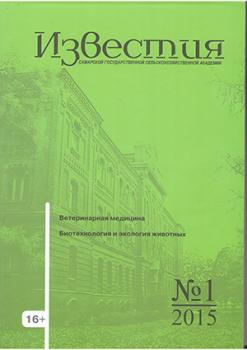Russian Federation
Moskva, Moscow, Russian Federation
Russian Federation
The research is aimed to improve the agrochemical properties of sod-podzolic soil and increase the productivity of crop rotation with potatoes. The decrease in the mineral and organic fertilizers use in Non-Chernozem zone of Russia leads to low yields of potato tubers and worse agrochemical properties of sod-podzolic soils. Agronomical positive and ecologically safe effects of phosphogypsum on physical and chemical properties of sod-podzolic sandy soil and formation of productivity and quality of potato and spring barley was revealed. With the introduction of phosphogypsum, on average for 3 years, the soil received (kg S/ha per year): with a dose of 0.5 t/ha +35.1, with a dose of 1.0 t/ha +57.6, with a dose of 1.5 t/ha +79.8 and against a background of 3.0 t/ha +105.6, which led to an increase in the content of salpho in the soil, respectively, introduced doses of meliorant – by 9.7, 17.5, 26.5 and 32.9 mg S/kg compared to the initial level. A single application of phosphogypsum to sod-podzolic soil provided an increase in the content of labile phosphorus by 72 and 40 mg/kg against the background of doses of 1.5 and 3.0 t/ha. The As-sessment of the possible toxicity of phosphogypsum showed that the ratio of Ca/Sr in the soil is at a safe level and amounted to 97 in the control variant, against the background of doses of phosphogypsum 0.5, 1.0 and 1.5 t/ha – 104-117. In total, for three years of research, the use of meliorant provided an increase in the productivity of potato – barley – potato crop rotation by 30-38 kg of grains units/ha or 19-24% in comparison with the option where only NPK fertilizers were used.
phosphogypsum, potatoes, barley, quality, phosphorus, acidity, fertility







